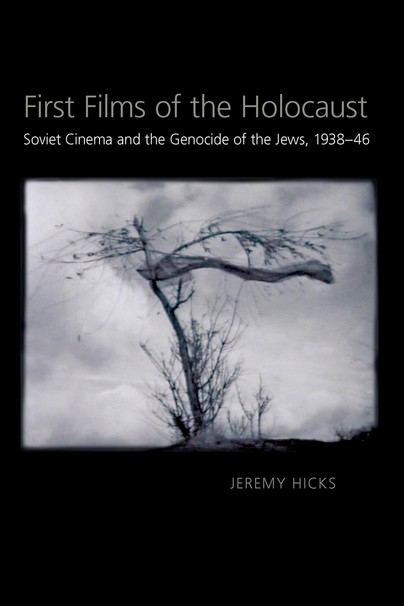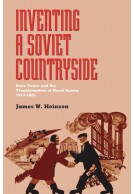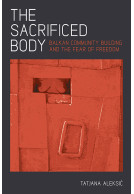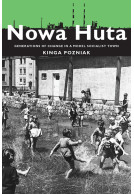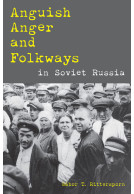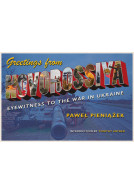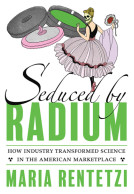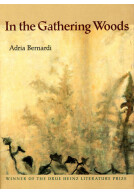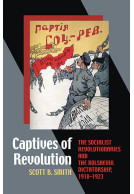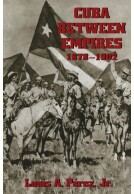Google Books previews are unavailable because you have chosen to turn off third party cookies for enhanced content. Visit our cookies page to review your cookie settings.
First Films of the Holocaust (Paperback)
Soviet Cinema and the Genocide of the Jews, 1938–1946
Imprint: University of Pittsburgh Press
Series: Russian and East European Studies
Pages: 312
ISBN: 9780822962243
Published: 15th November 2012
Script Academic & Professional
Series: Russian and East European Studies
Pages: 312
ISBN: 9780822962243
Published: 15th November 2012
Script Academic & Professional
This book will be reprinted and your order will be released in due course.
You'll be £45.00 closer to your next £10.00 credit when you purchase First Films of the Holocaust. What's this?
+£4.99 UK Delivery or free UK delivery if order is over £40
(click here for international delivery rates)
Order within the next 8 hours, 24 minutes to get your order processed the next working day!
Need a currency converter? Check XE.com for live rates
(click here for international delivery rates)
Order within the next 8 hours, 24 minutes to get your order processed the next working day!
Need a currency converter? Check XE.com for live rates
Most early Western perceptions of the Holocaust were based on newsreels filmed during the Allied liberation of Germany in 1945. Little, however, was reported of the initial wave of material from Soviet filmmakers, who were in fact the first to document these horrors. In First Films of the Holocaust, Jeremy Hicks presents a pioneering study of Soviet contributions to the growing public awareness of the horrors of Nazi rule.Even before the war, the Soviet film Professor Mamlock, which premiered in the United States in 1938 and coincided with the Kristallnacht pogrom, helped reinforce anti-Nazi sentiment. Yet, Soviet films were often dismissed or even banned in the West as Communist propaganda. Ironically, in the brief 1939–1941 period of Nazi and Soviet alliance, such films were also banned in the Soviet Union, only to be reclaimed after the Nazi attack on the Soviet Union in 1941, and suppressed yet again during the Cold War. Jeremy Hicks recovers much of the major film work in Soviet depictions of the Holocaust and views them within their political context, both locally and internationally. Overwhelmingly, wartime films were skewed to depict Soviet resistance, \u201cRed funerals,\u201d and calls for vengeance, rather than the singling out of Jewish victims by the Nazis. Almost no personal testimony of victims or synchronous sound was recorded, furthering the disconnection of the viewer to the victims. Hicks examines correspondence, scripts, reviews, and compares edited with unedited film to unearth the deliberately hidden Jewish aspects of Soviet depictions of the German invasion and occupation. To Hicks, it’s in the silences, gaps, and ellipses that the films speak most clearly. Additionally, he details the reasons why Soviet Holocaust films have been subsequently erased from collective memory in the West and the Soviet Union: their graphic horror, their use as propaganda tools, and the postwar rise of the Red Scare in the United States and anti-Semitic campaigns in the Soviet Union.
Other titles in the series...
Other titles in University of Pittsburgh Press...







